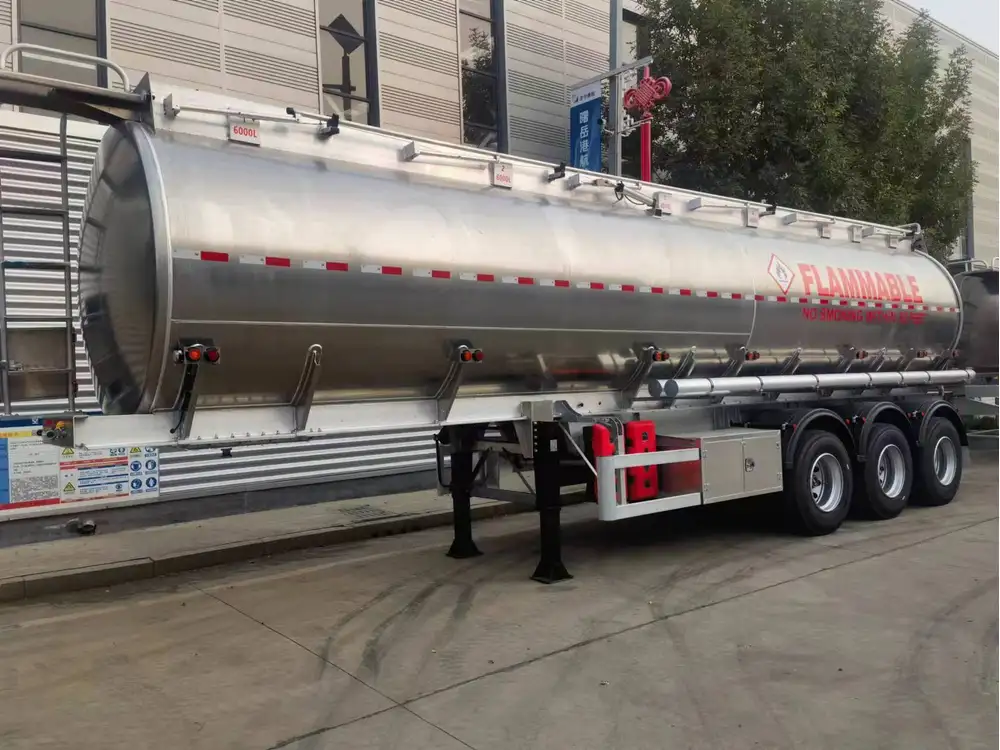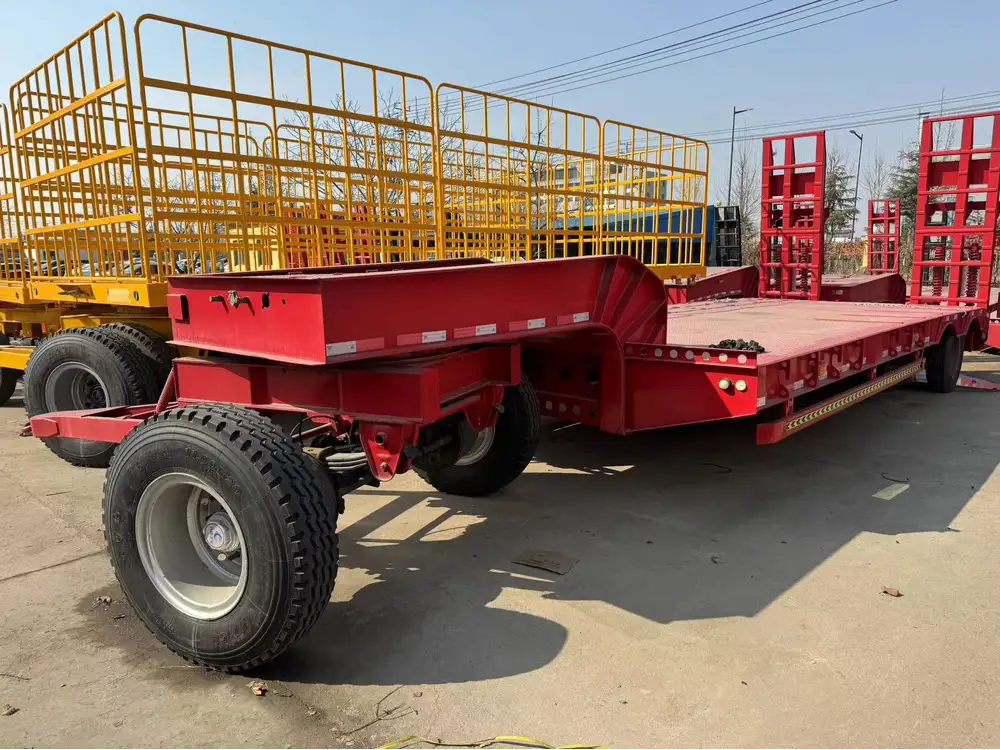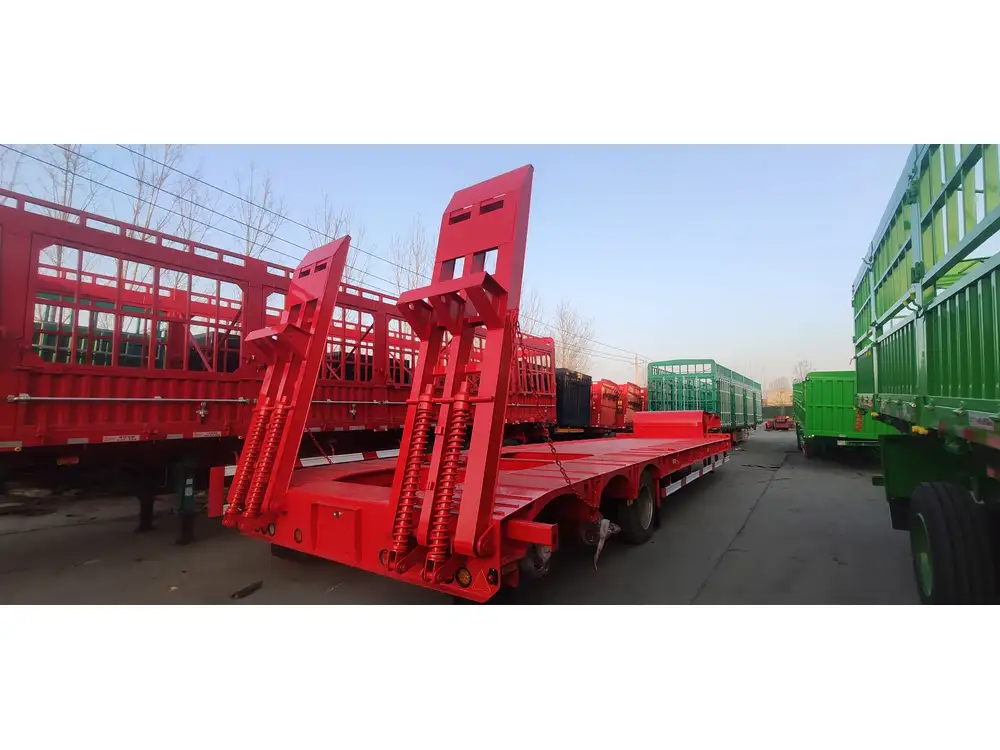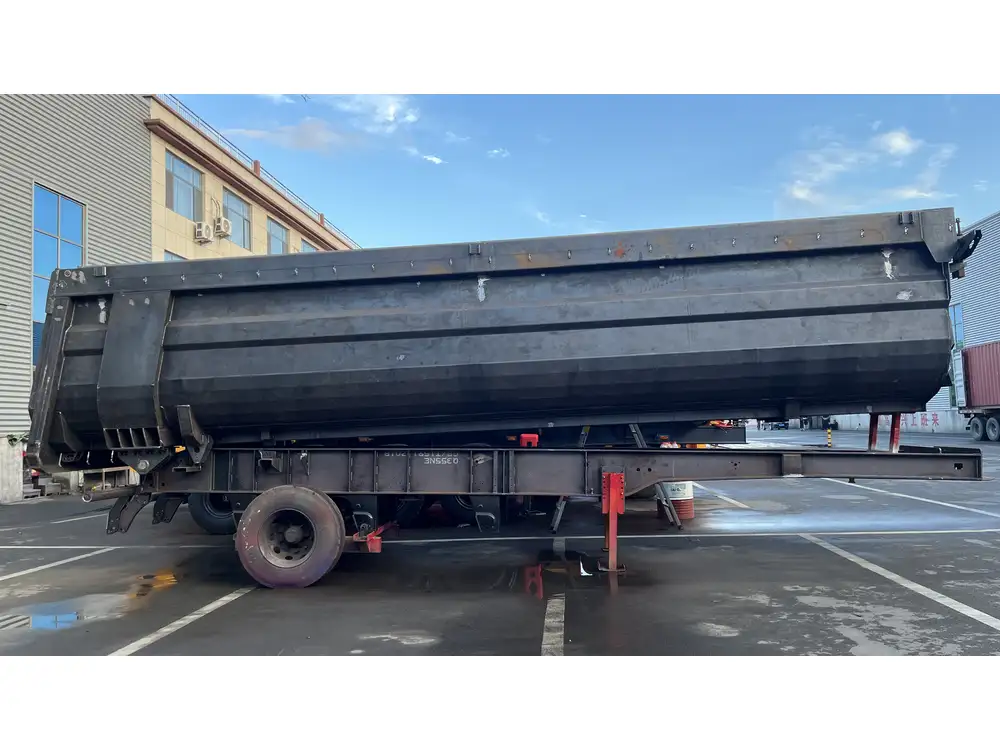Loading a semi-trailer isn’t just about throwing goods into a trailer and hitting the road; it’s a complex dance of physics, safety, and best practices. Navigating the intricacies of weight distribution, securing cargo, and understanding regulations is crucial for every operator. In this comprehensive guide, we’ll explore the key components of loading a semi-trailer correctly, aimed at improving safety, efficiency, and compliance.
Understanding Weight Distribution
The Importance of Weight Distribution
Weight distribution is fundamental in ensuring that a semi-trailer operates safely and efficiently. Improperly loaded trailers can lead to a slew of issues, including increased tire wear, poor handling, and, most critically, a higher risk of accidents.
| Weight Distribution Zones | Key Points |
|---|---|
| Front (5-10 feet from the nose) | Should not exceed 20-25% of total weight. |
| Middle (10-25 feet from the nose) | Ideal for heavier items, distribute weight evenly. |
| Rear (last 5-10 feet) | Should not be overloaded; balance with the front. |

Load Center of Gravity
The center of gravity (CG) is a pivotal consideration in loading. A low center of gravity helps in maintaining stability and prevents rollovers.
Low vs. High CG:
- A lower CG promotes stability, especially when turning or navigating inclines.
- High CG loads might increase the risk of tipping.
Balancing the Load:
- Positioning heavier items closer to the front can keep the CG low and forward.
- Ensure lighter items fill gaps to maintain balance.
Calculating Weight Limits
Knowing weight limits is imperative for legal compliance and safety. Trailers often come with Load Capacity Labels detailing maximum weights, which must be adhered to scrupulously.
- Legal Gross Vehicle Weight Rating (GVWR): Calculate the total weight of the truck, trailer, and cargo.
- Axle Weight Limits: A common standard is 20,000 lbs for a single axle, 34,000 lbs for tandem axles.
Best Practices for Loading Semi Trailers

Step-by-Step Loading Process
1. Inspect the Trailer
Before loading, conduct a thorough inspection to ensure the trailer is free from defects.
- Check the floor for damages.
- Inspect walls and framing for integrity.
- Examine tires and brakes functionality.
2. Plan Your Load Layout
Effective layout planning involves understanding the nature of the cargo and how to position it.
- Use palletizing: Stack and secure items on pallets for more manageable loading.
- Identify cargo types: Group heavy items together to stabilize the load.
3. Load Order
The sequence in which cargo is loaded can influence stability.
- Load heavier items first, towards the front.
- Follow with lighter items and stock that can rest on top.
| Load Order Considerations | Effects on Stability |
|---|---|
| Heavier, sturdy items first | Lowers CG, enhances stability. |
| Lighter items last | Prevents top heaviness. |
Securing the Load
Achieving proper load security ensures the cargo arrives intact and minimizes the risk of accidents.
Types of Securing Methods
- Ratchet Straps: Ideal for securing multiple items; use alongside appropriate tie-down anchors.
- Load Bars: Prevent lateral movement; must fit snugly against cargo.
- Cargo Nets: Effective for odd-shaped loads or stacks that require additional binding.

Securing Techniques
- Side-to-Side Tie-Downs: Utilize at least two tie-down points on each side for stability.
- Diagonal Securing: Creates a crisscross pattern to further immobilize cargo.
Understanding Regulatory Obligations
Federal Regulations and Guidelines
The Federal Motor Carrier Safety Administration (FMCSA) establishes mandatory guidelines for the transportation of goods, particularly concerning load securement.
- 49 CFR Part 393.100 outlines adequate securing methods.
- Attachment Points: Must be strong enough to withstand forces during transit.

State-Specific Regulations
Each state may have additional loading and securing laws. Always consult local regulations to ensure compliance to avoid hefty fines.
- Local Weight Limitations
- Route Restrictions based on Load Size/Type
A Closer Look at Cargo Types
Types of Cargo
Different types of cargo require specialized handling.

1. Palletized Goods
Great for standard loading procedures with uniformity. Ensure pallets are intact and the weight is evenly distributed.
2. Liquid Cargoes
Loading tanks or barrels necessitates greater scrutiny with respect to CG.
- Ensure proper stacking and placing heavier items at the bottom.
- Use baffles or other methods to mitigate movement during transport.
3. Loose Bulk Loads
Require unique strategies, usually involving specific trailer designs that allow for easy access and securement.

Hazardous Materials
When transporting hazardous materials:
- Follow DOT HAZMAT regulations.
- Ensure proper placarding on trailers for safety.
Enhancing Loading Efficiency
Technology in Loading
Incorporating technology can enhance the loading process significantly.
- Load Management Software: Use software to ascertain optimal weight distribution and maximum capacity.
- Fleet Management Systems: Employ systems to monitor weight and deviation alerts during transit.

Training and Best Practices
Regular training for staff involved in loading can dramatically reduce errors and increase safety.
- Provide hands-on training on loading procedures.
- Implement ongoing education regarding regulations and safety updates.
Troubleshooting Common Loading Issues
Common Problems and Solutions
| Problem | Recommended Solution |
|---|---|
| Uneven Load Distribution | Reassess and redistribute weight. |
| Shifting Cargo | Reinforce with ties and bars. |
| Overweight Axles | Redistribute or offload sections. |

Safety Precautions
Before embarking on a journey, ensure:
- Always perform a final walk-around inspection.
- Engage bottom weights and balance checks for accuracy.
Conclusion: The Road to Mastery in Loading Semi Trailers
Properly loading a semi-trailer is an art and science that combines rigorous standards, practical knowledge, and adherence to regulations. By understanding the nuances of weight distribution, utilizing effective load securing methods, and keeping abreast of regulatory mandates, operators can not only ensure the safety of their cargo but also their own safety and that of others on the road.
Continuous improvement is paramount. Investing in training, technology, and best practices will enhance operational efficiency and vehicle longevity. Ultimately, the goal is to navigate the complexities of loading with precision, thereby setting the trajectory for successful and safe transport.
With this guide, we encourage manufacturers and operators alike to refine their loading techniques and embrace the dynamic landscape of semi-trailer transport. Secure loads translate to secure journeys—after all, safety doesn’t happen by chance; it’s a deliberate practice.



